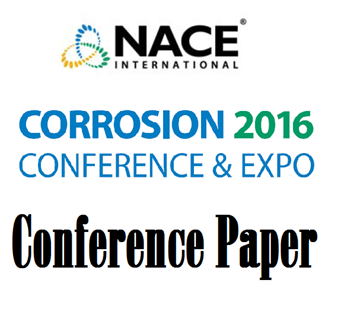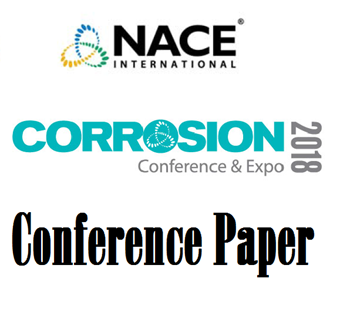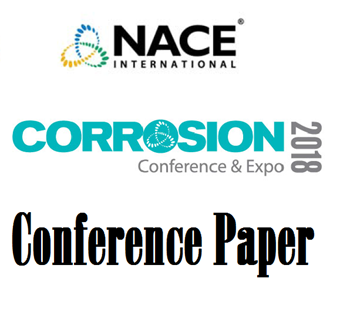Search
51318-10889- Development and Testing of a Laboratory Based MIC Corrosion Rate Measurement Device
Also Purchased
51316-7347-Quantifying the Risk of MIC
Product Number:
51316-7347-SG
ISBN:
7347 2016 CP
Publication Date:
2016
$20.00
51318-10895-The pitting corrosion behavior of carbon steel in presence of sulfate-reducing bacteria under H2S
Product Number:
51318-10895-SG
Publication Date:
2018
$20.00
51318-11398- Modeling of Microbiologically Influenced Corrosion (MIC) in the Oil and Gas Industry - Past, Present and Future
Product Number:
51318-11398-SG
Publication Date:
2018
$20.00




